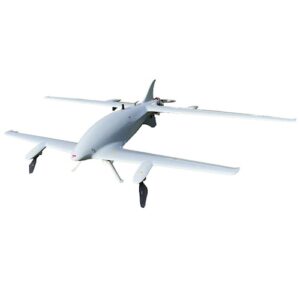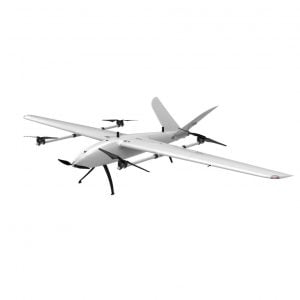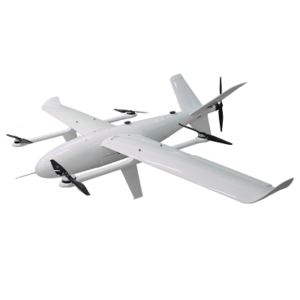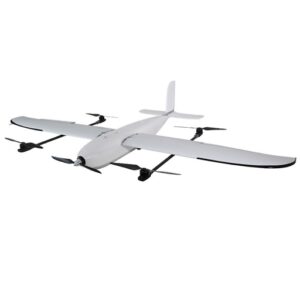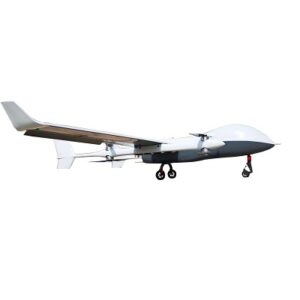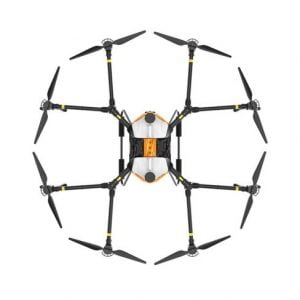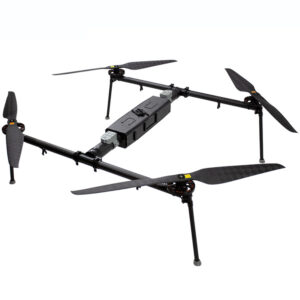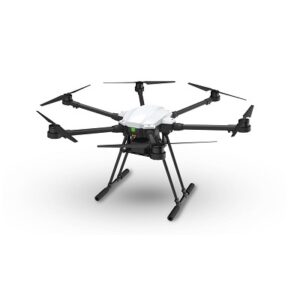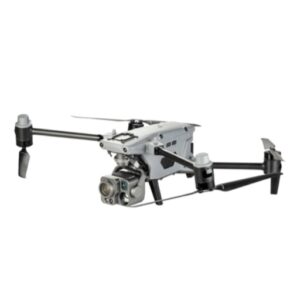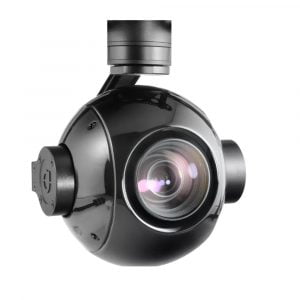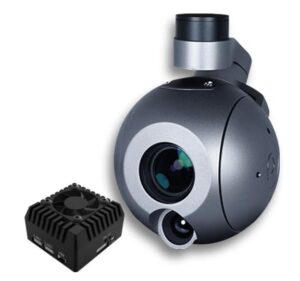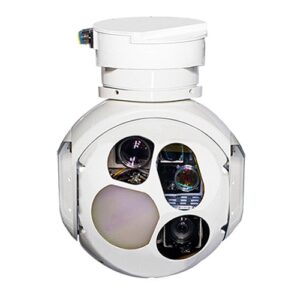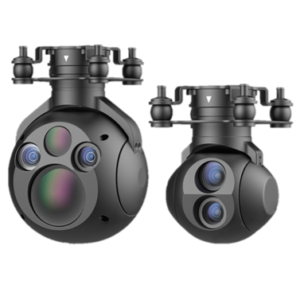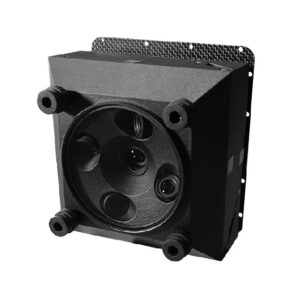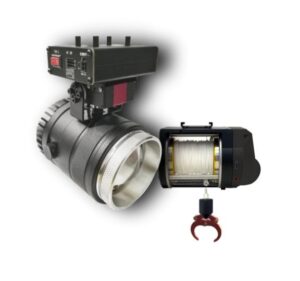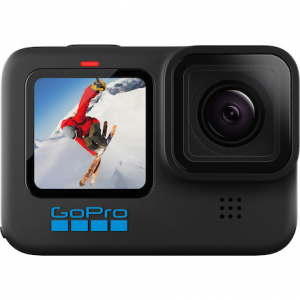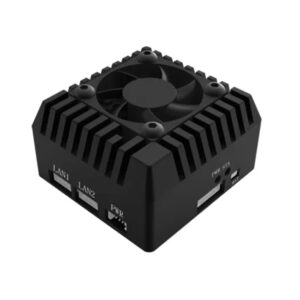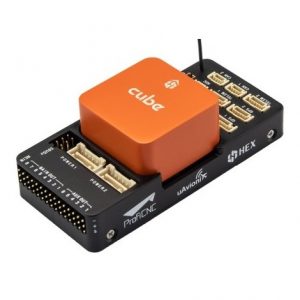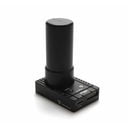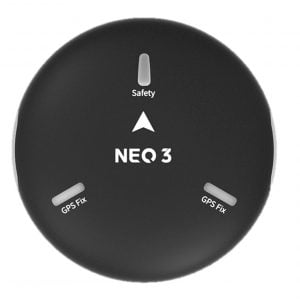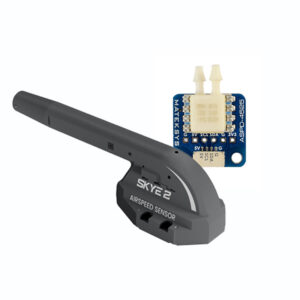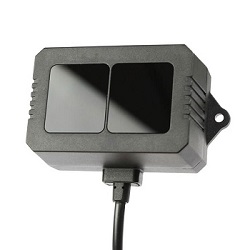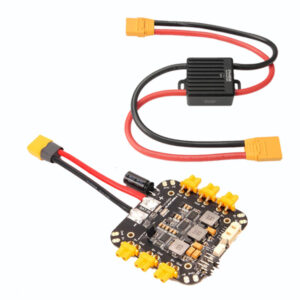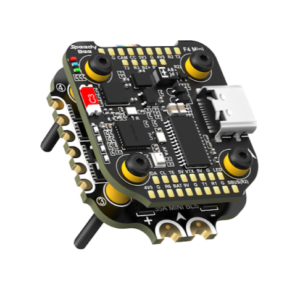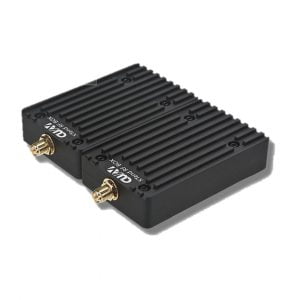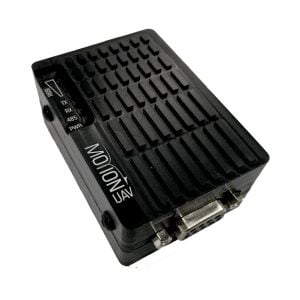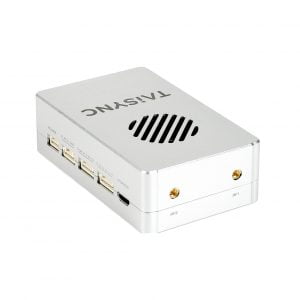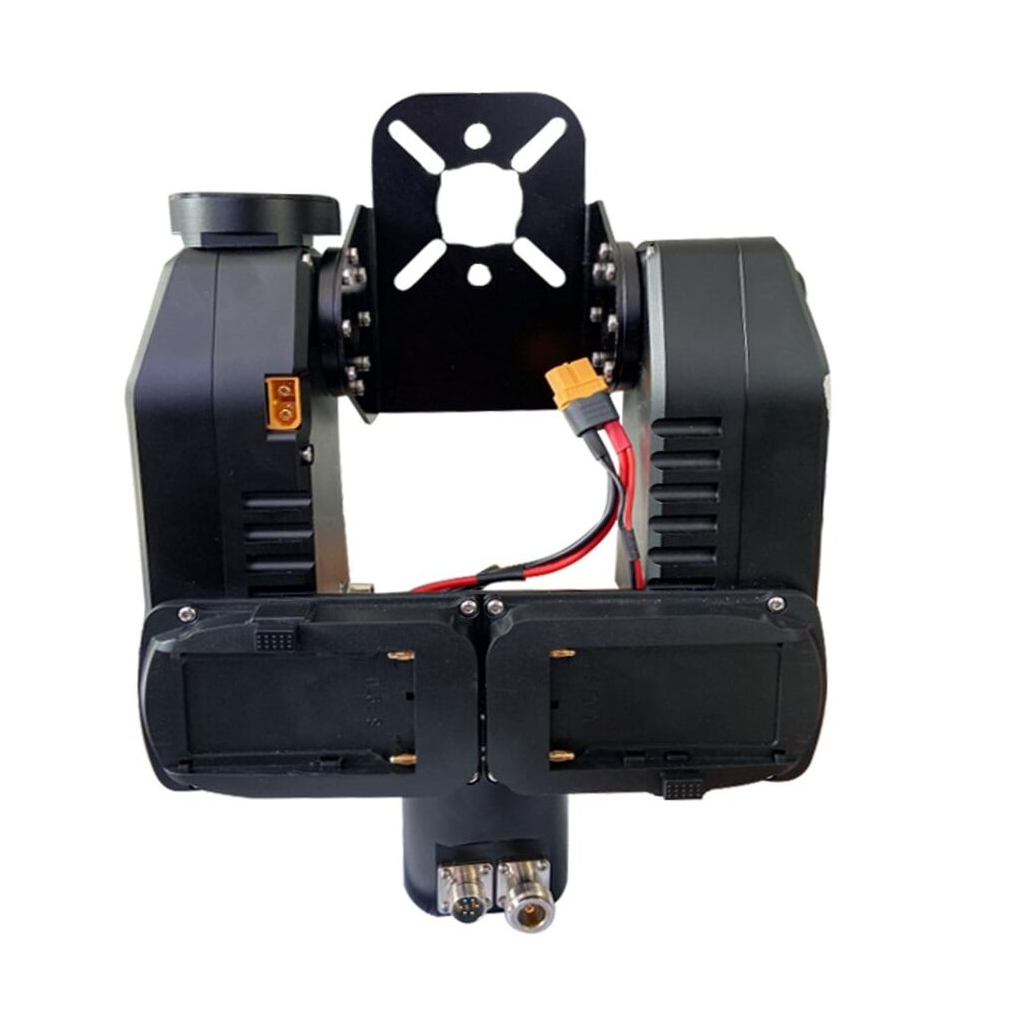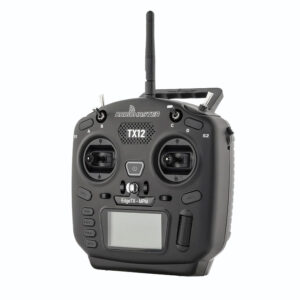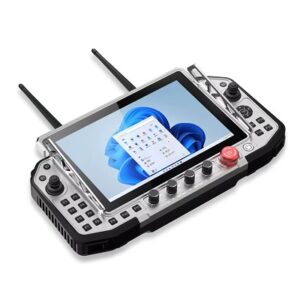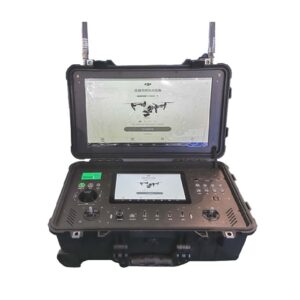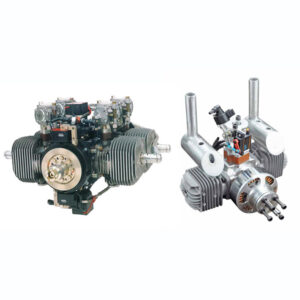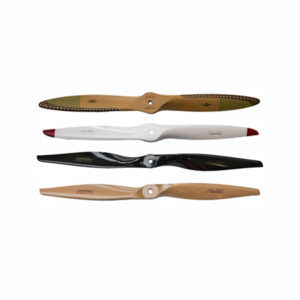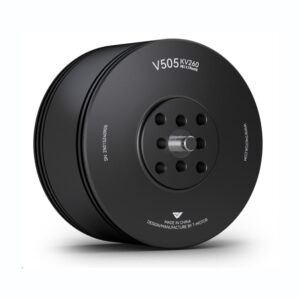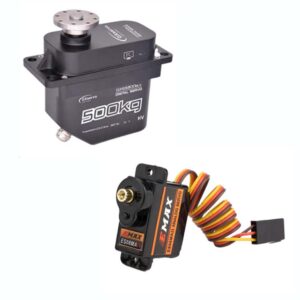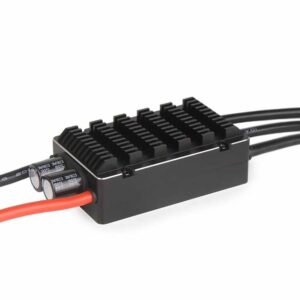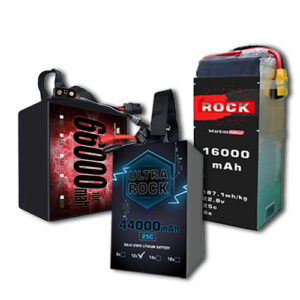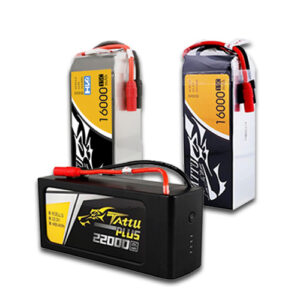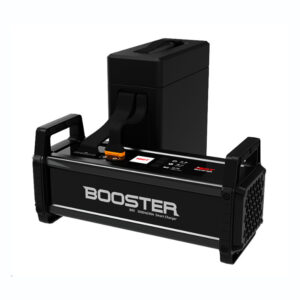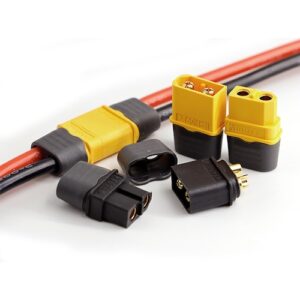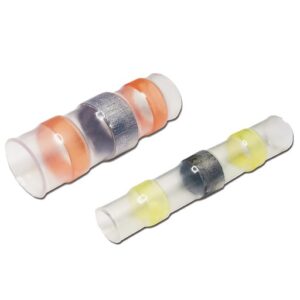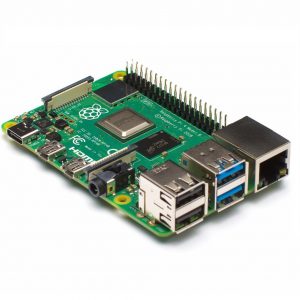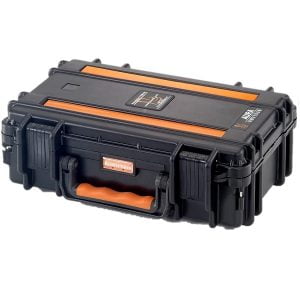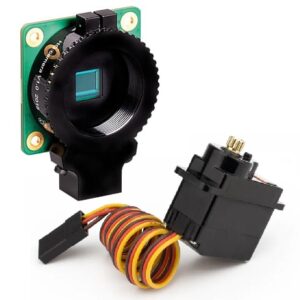How to Maximize Flight Time for Your Multirotor Drone
On January 20, 2025

Flying a drone is pure joy—watching it glide, hover, and capture breathtaking footage is an unmatched experience. But if you’ve spent time piloting a multirotor drone, you’ve probably faced this common frustration: battery life. Whether you’re shooting a scenic video or zipping through an exciting race, the limited flight time can feel like a buzzkill.
So, how do you squeeze every extra minute out of your drone’s battery? The good news is that with a few smart strategies and habits, you can extend your drone’s flight time and make the most of every charge. Let’s break down the secrets to maximizing your drone’s battery life in a way that’s practical, conversational, and easy to follow.
Understanding the Basics of Drone Battery Life
Most consumer drones today use lithium polymer (LiPo) batteries or semi solid state batteries. These batteries are lightweight, powerful, and rechargeable, making them perfect for multirotor drones. However, they come with limitations: they’re sensitive to temperature, charging habits, and usage patterns, which can affect their performance and lifespan.
A typical drone battery offers 20–40 minutes of flight time, depending on factors like drone weight, weather conditions, and flight style. While this might sound short, there are many ways to optimize it.
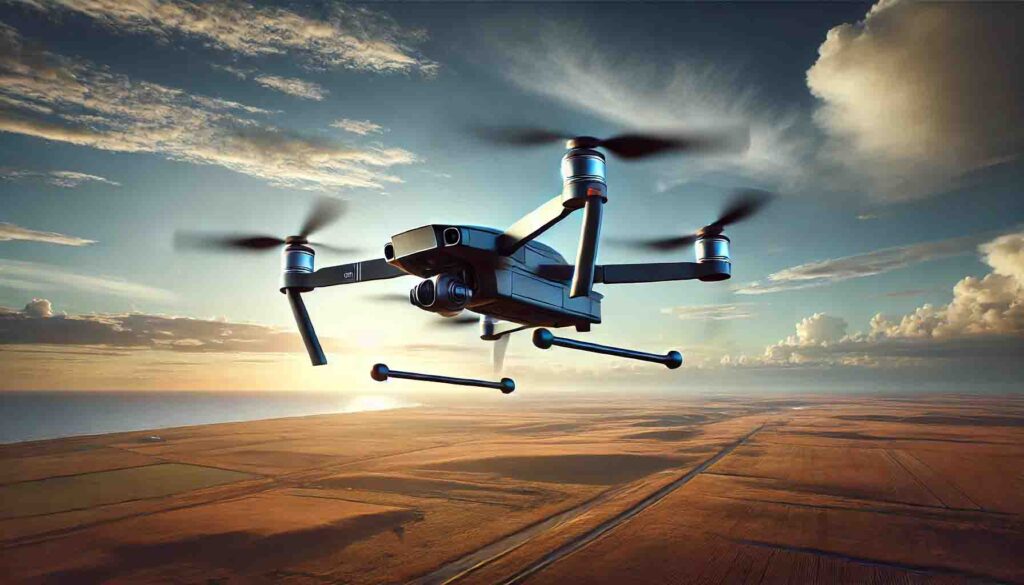
Plan Your Flight
Before you even power up your drone, having a plan can significantly improve battery efficiency.
Why It Matters:
Unnecessary hovering, aimless flying, and excessive takeoffs and landings burn through your battery. A clear plan ensures you use your battery strategically.
How to Do It:
Map Out Your Route: Use your drone’s GCS software for mapping or waypoint features to chart a path.
Prioritize Shots: Focus on capturing key moments or areas rather than experimenting aimlessly.
Pre-Flight Checklist: Make sure your drone and accessories are in top shape before takeoff to avoid wasting battery on troubleshooting.
Fly Smoothly and Steady
Your flying style has a big impact on battery consumption.
Why It Matters:
Aggressive flying—such as rapid accelerations, sudden stops, and quick turns—forces the motors to work harder, draining the battery faster.
How to Do It:
Avoid Rapid Throttle Changes: Accelerate and decelerate gradually.
Use GPS or Stabilized Modes: These modes keep your drone steady, reducing energy waste.
Fly in Calm Weather: Wind resistance forces the motors to work harder. Opt for days with minimal wind to conserve power.
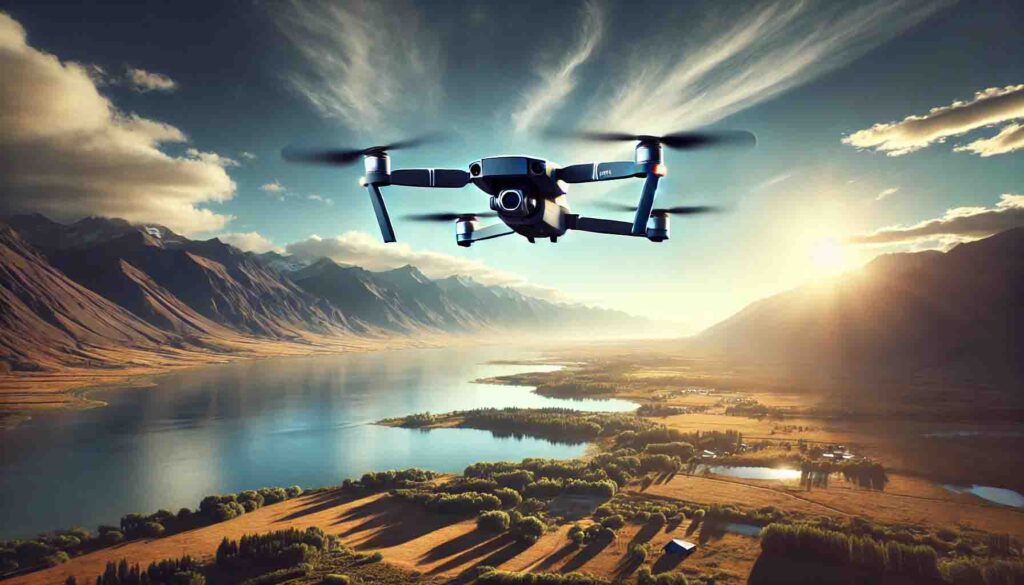
Fly Smoothly and Steady
Your flying style has a big impact on battery consumption.
Why It Matters:
Aggressive flying—such as rapid accelerations, sudden stops, and quick turns—forces the motors to work harder, draining the battery faster.
How to Do It:
Avoid Rapid Throttle Changes: Accelerate and decelerate gradually.
Use GPS or Stabilized Modes: These modes keep your drone steady, reducing energy waste.
Fly in Calm Weather: Wind resistance forces the motors to work harder. Opt for days with minimal wind to conserve power.
Optimize Your Batteries
Treat your batteries well, and they’ll reward you with better performance and a longer lifespan.
Why It Matters:
Proper battery care ensures consistent power delivery and reduces long-term wear and tear.
How to Do It:
Charge Smart: Use the manufacturer’s charger and avoid overcharging. Many smart chargers stop charging automatically when full.
Store Properly: Keep batteries in a cool, dry place and store them at about 50% charge if you won’t use them for a while.
Warm Up in Cold Weather: Cold temperatures reduce battery efficiency. Keep batteries warm until just before flight (you can use hand warmers or your jacket pocket). You can also use an electric battery warmer during the flight.
Cycle Batteries: Periodically discharge and recharge your batteries to recalibrate them, especially if they’ve been sitting unused for weeks.
Upgrade Your Propellers
Your propellers play a surprisingly important role in battery efficiency.
Why It Matters:
Efficient propellers reduce the energy required for lift and movement, directly impacting flight time.
How to Do It:
Use the Right Size: Check your drone’s manual for compatible propeller sizes.
Opt for High-Quality Materials: Carbon fiber propellers are lightweight and durable, offering better efficiency than plastic ones.
Inspect Regularly: Damaged or warped propellers can strain your drone’s motors, consuming more battery.
Fly Smart in Extreme Temperatures
Drones are sensitive to temperature extremes, which can impact battery life and overall performance.
Why It Matters:
Cold weather can reduce battery efficiency, while hot weather can overheat components and cause damage.
How to Do It:
In Cold Weather: Keep your drone and batteries warm before takeoff. Fly shorter missions to avoid draining cold batteries too quickly.
In Hot Weather: Avoid flying during peak heat hours. Keep your drone in the shade when idle, and allow it to cool between flights.
Monitor Battery Levels Closely
Modern drones often come with smart battery systems that provide real-time data on battery health and flight time.
Why It Matters:
Knowing your battery status lets you fly confidently without risking an abrupt loss of power.
How to Do It:
Set Alerts: Use your drone’s app or controller to set low-battery warnings.
Land Early: Don’t push your battery to its limits—land with 15–20% remaining to avoid crashes.
Check Battery Health: Regularly review your battery’s charge cycles and capacity to identify when it’s time for a replacement.
Keep Your Drone Well-Maintained
A well-maintained drone runs more efficiently, conserving battery life in the process.
Why It Matters:
Dirty motors, uncalibrated sensors, or outdated software can strain your drone’s systems, draining the battery faster.
How to Do It:
Clean Motors and Propellers: Remove dust, dirt, or debris after every flight.
Update Firmware: Manufacturers often release updates to improve battery performance or address bugs.
Calibrate Regularly: Ensure your drone’s compass, IMU, and sensors are properly calibrated.
Overview Table: Tips to Maximize Drone Battery Life
Tip | Why It Matters | How to Do It |
Plan Your Flight | Avoids wasting battery on unnecessary hovering or aimless flying. | Map routes and prioritize tasks. |
Fly Smoothly and Steady | Reduces motor strain, conserving power. | Avoid sudden throttle changes; fly in calm weather. |
Lighten the Load | Decreases energy demand on motors. | Remove non-essential accessories and payloads. |
Optimize Your Batteries | Extends battery lifespan and performance. | Charge smart, store properly, and cycle batteries periodically. |
Upgrade Your Propellers | Improves lift efficiency and reduces motor effort. | Use lightweight, high-quality propellers and inspect for damage regularly. |
Fly Smart in Extreme Weather | Avoids performance drops caused by temperature extremes. | Warm batteries in cold weather; cool your drone during hot weather. |
Monitor Battery Levels | Prevents abrupt power loss and crashes. | Use battery alerts and land early. |
Keep Your Drone Maintained | Ensures all components run efficiently. | Clean motors, update firmware, and calibrate sensors regularly. |
Final Thoughts
Maximizing your multirotor drone’s flight time isn’t just about extending the fun—it’s about flying smarter. By planning ahead, taking care of your batteries, and optimizing your drone’s performance, you can make every minute in the air count.
Let’s Hear From You!
What are your go-to tips for getting the most out of your drone’s battery life? Have you discovered any hacks or accessories that made a huge difference? Share your thoughts and experiences in the comments below—we’d love to hear what works for you!
